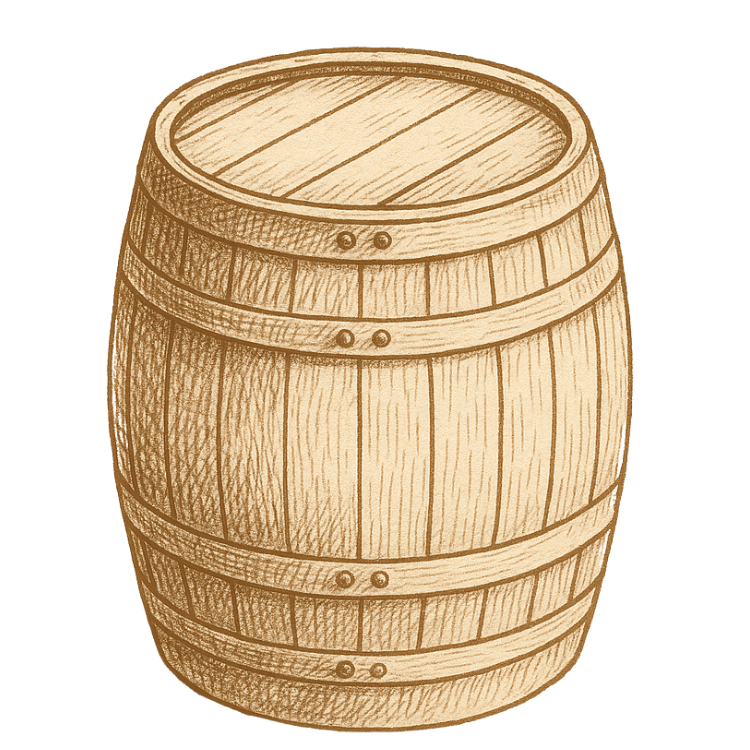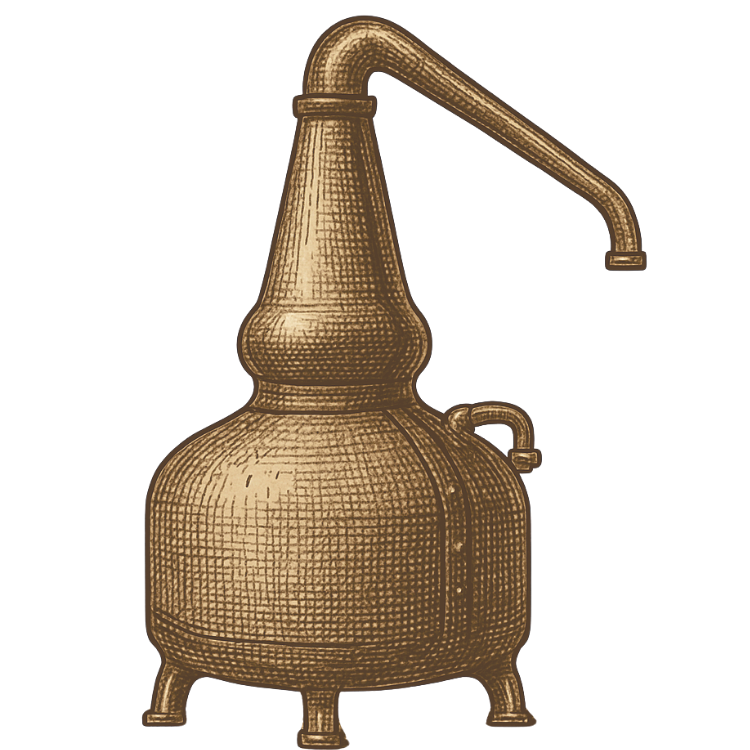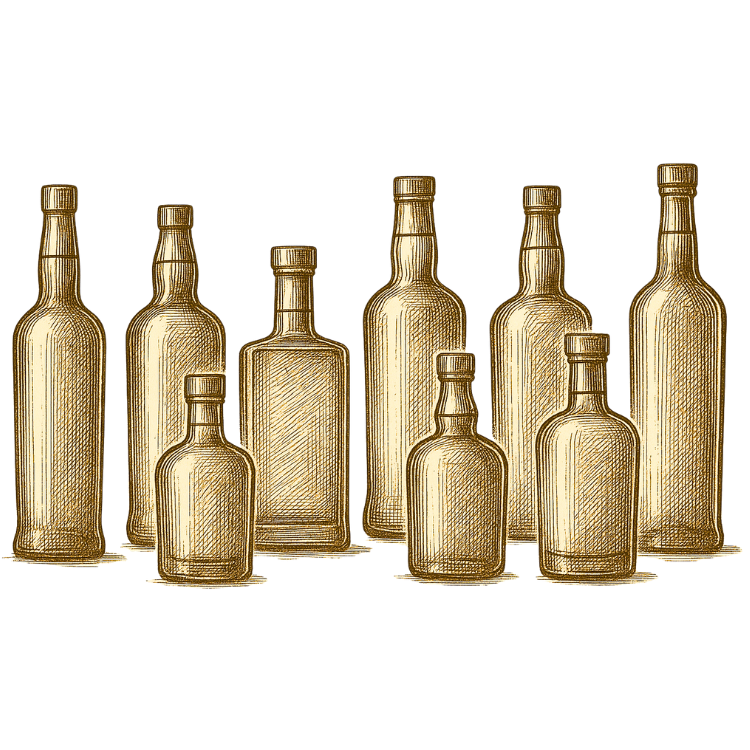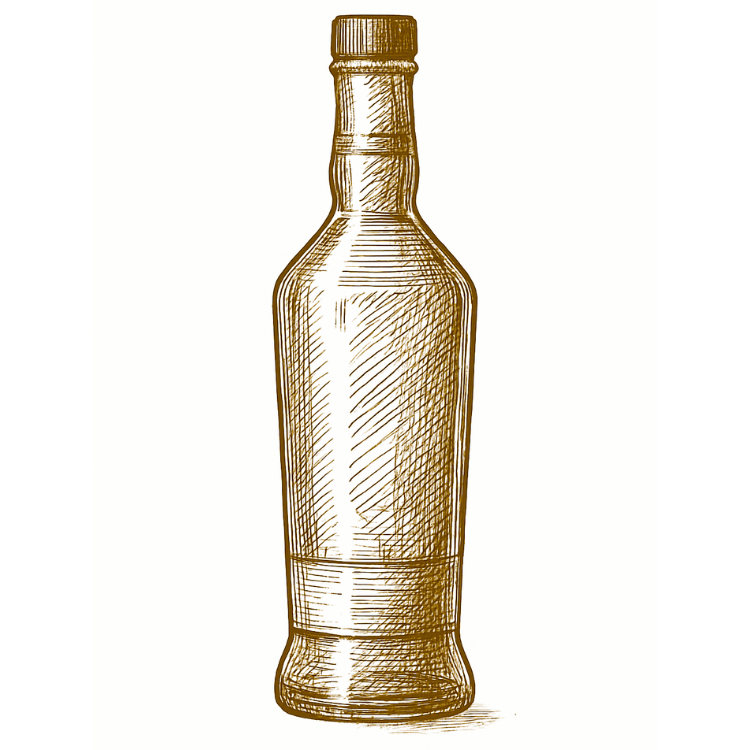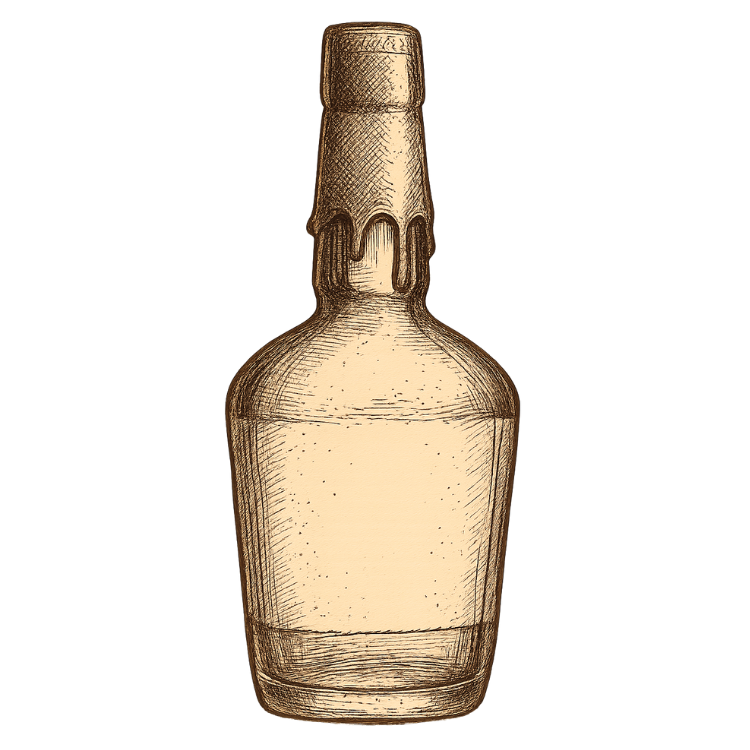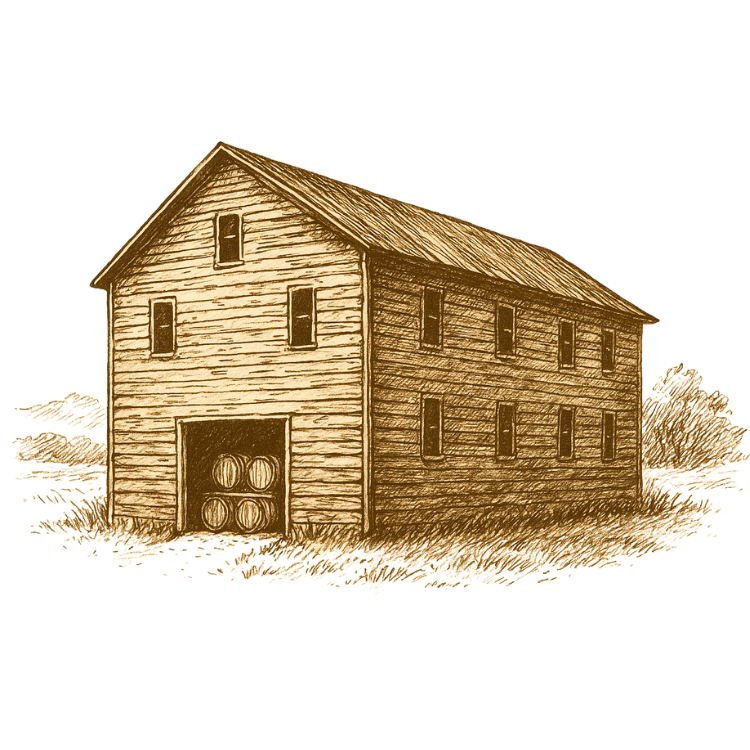Whisky, whiskey, bourbon, and Scotch
a primer on terms
There’s no hard-and-fast rule for how whisky is spelled, and it does cause some confusion.
So here’s the in-no-way-official rule of thumb: if it was produced in country that has an ‘e’ in its name, then it’ll probably be spelled with an ‘e’ (whiskey), and it was produced in a country that lacks an ‘e’ in its name, well…you get the idea.
In that framework, you’ll use whisky for a dram that comes from Scotland, India, Canada, and Japan. (Here at Whisky Scholar, we tend to focus on Scotch whisky, so we’ll leave the ‘e’ in the corner.)
You’ll get whiskey in Ireland, America, and England.
Of course, there are exceptions to this rough-and-ready rule (Maker’s Mark, an American bourbon, uses whisky).
But that’s the easy bit out of the way, because spelling doesn’t have much to do with what kind of whisky it is.
First, let’s define whisky/whiskey.
What is whisk(e)y, exactly?
The basic answer: whisk(e)y is a distilled spirit made from fermented cereal grains that’s been matured in wooden casks.
The maturation part here is important. Before the liquid is put into the cask, it’s simply called a new make spirit. It’s not a whisk(e)y yet.
How whisky is made
Whisk(e)y is distilled from mashed cereal grain, such as barley, rye, wheat, or corn.
If malted, barley is soaked in water and allowed to germinate before drying in a kiln.
No matter the grain, the first step is to grind the dry cereal into a flour called grist.
Next comes the mashing process, where the grist is mixed with hot water to extract sugars. The wort created from this mashing process is fermented with yeast, resulting in a beer-like liquid called wash.
Wash is placed into a still where alcohol gets separated out, producing a high-proof spirit (called new make), which is then aged in oak casks for a minimum amount of time depending on country to create whisky.
The distinct flavours of the final product come from the ingredients of the mash as well as the notes pulled from the casks, which often had former lives holding other varieties of spirits.
Different types of whisk(e)y
Before we get into the legal definitions of Scotch and bourbon, we’ll need to know the types of basic whiskies.
Single Malt whisk(e)y
A single malt is a whisky that has been produced from malted barely at one, single distillery.
The ‘single’ in single malt doesn’t mean that the whisky has come from a single batch, barrel, or cask of whisky, though. It simply means that it comes from one distillery.
Single grain whisk(e)y
Like a single malt whisky, a single grain whisky is produced from a single distillery. But grain whisky doesn’t need to be from malted barley—other cereal grains such as corn, rye, and wheat are distilled to make grain whisky.
Grain whisky is distilled differently from a single malt whisky. While single malts are distilled in traditional pot stills, single grains are most commonly distilled in column stills, which often create a higher level of alcohol in the final product.
Blended Scotch whisk(e)y
Blended whisky is produced by mixing different single malt and single grain whiskies from various distilleries. The blending process was created in Scotland because older expressions of single malt whiskies tended to have raw, strong flavours that were harder to drink. When blended with single grain whiskies, however, the flavour became milder and more palatable to a wider market of drinkers.
Mixing single malt whisky and single grain whisky in intricate and varied ways allows for an unlimited variety of tasting experiences.
Blended grain whisk(e)y
Like blended malt whisk(e)y is a mix of single grain whiskies from multiple distilleries.
This meticulous process of blending requires careful selection and combination of these distinct single spirits. The art of blending involves the expertise of master blenders, who balance and enhance the unique characteristics of each whisky. (We’ll get into all of that in another article!)
Rye Whisk(e)y
Made with a minimum of 51% rye grain. This expression is spicy and bold.
Wheat Whisk(e)y
Made with a minimum of 51% wheat. You’ll find this type softer with some ‘bready’ notes.
Corn whisk(e)y
Made with a minimum of 80% corn, and not to be confused with bourbon, which has different legal requirements. Corn whiskey is often unaged or incredibly young.
Here’s how Scotch and bourbon work
Again, a simple explanation: Scotch and bourbon are just different, particular types of whiskies, each of which has specific legal requirements.
Scotch whisky hails from Scotland, and must legally be:
Produced at a distillery in Scotland
Made from water and malted barley (through other cereal grains can be used if it’s a blended Scotch)
Fermented only with yeast
Distilled to an alcoholic strength of less than 94.8% ABV (this retains the flavour of the raw ingredients)
Matured in oak casks no larger than 700 litres
Matured in Scotland
Matured for at least 3 years
Enhanced only with water and/or caramel colouring
Void of any added flavour or sweeteners
Bottled at no less than 40% ABV
Bourbon has its own set of laws to follow.
An American product, Bourbon must be:
Produced in the United States
Made from a mash of at least 51% corn
Distilled to no more than 80% ABV (160 proof)
Put into the barrel at no more than 62.5% ABV (125 proof)
Aged in new, charred oak barrels
There is no age required for bourbon, but Straight Bourbon must be aged at least 2 years.
Nothing can be added to bourbon, except water to lower the proof, and it must be bottled at no less than 40% ABV (80 proof).
A quick reminder: Scotch can only come from Scotland, and bourbon can only come from America.
World whiskies
Other whisk(e)y-producing counties, like Japan, Canada, England, and India also have laws pertaining to their process and final drams, but Scotch and bourbon remain the most specific…and their distinct names can sometimes cause confusion, which is why we’ve gone into detail only about those.


